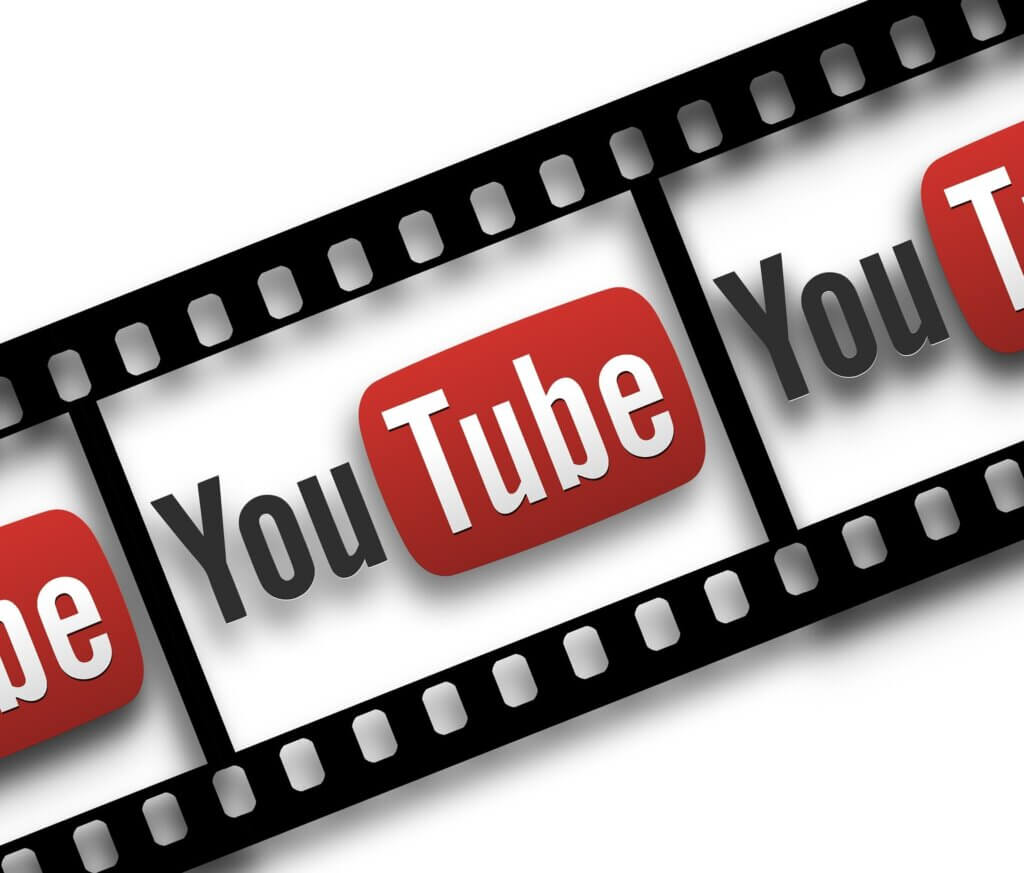The story of digital marketing is one of trends and fads as businesses seek innovative ways to engage with their audience. The most successful B2B marketers have learned to distinguish between blips on the radar driven by fads and trends that signal another step forward in the evolution of B2B marketing.
TikTok has dominated the marketing landscape, especially in consumer marketing. While there is a debate about whether TikTok is the best platform for B2B marketers, it’s undeniable that video is ascendant as the medium of choice for content marketing. Video has earned its place as a powerful tool for marketing, communication, and storytelling, making a video-first strategy crucial to a successful content marketing plan.
Among the plethora of video-sharing platforms, YouTube stands out as the preferred choice for B2B marketers, even compared to the trending TikTok. So, let’s look at the importance of video for B2B marketing and explore why YouTube is a go-to platform for businesses looking to leverage video content.
The Video-First Revolution in B2B Marketing
The rise of video content has transformed how B2B marketers approach their target audience, offering a versatile medium to showcase products, services, and thought leadership.
With video consumption increasing exponentially, it has become evident that a video-first strategy is essential for B2B marketers. This approach allows businesses to present complex information in an easily digestible format while offering opportunities for personalization and engagement.
A video-first strategy enables B2B marketers to:
- Enhance brand awareness. Video content can help businesses communicate their unique value proposition and showcase their expertise, contributing to increased brand recognition.
- Boost audience engagement. Interactive videos and live streams offer opportunities for real-time interaction, fostering meaningful connections with the audience.
- Improve lead generation. High-quality video content can attract and convert prospects, driving them further down the sales funnel.
- Support customer education. Video tutorials, product demos, and case studies enable businesses to provide valuable information to their customers, improving satisfaction and loyalty.
Why YouTube is the Top Choice for B2B Marketers
While TikTok has gained immense popularity due to its short-form, engaging videos, YouTube holds the throne for B2B marketers seeking a more comprehensive platform for their video content strategy.
Here’s why YouTube may be a better choice than TikTok for B2B marketing.
- More supported formats. YouTube supports both long-form and short-form content. Longer videos may be better suited for addressing the needs of B2B audiences. This format allows businesses to provide in-depth insights, showcase product demos, and share valuable thought leadership. Short, easy-to-share videos are essential for social reach. You can share full podcast episodes, webinars, and more with YouTube and repurpose that content as short-form videos on YouTube and social media.
- Enhanced searchability. YouTube’s search algorithm and integration with Google make it easier for B2B marketers to optimize their content for discoverability, ensuring their target audience can find relevant information quickly. YouTube is a powerful search engine in its own right, and, as Google property, it’s critical for better rankings on SERPs.
- Professional and diverse content. YouTube hosts a wide array of content types, from webinars and interviews to product demos and testimonials. This versatility allows B2B marketers to tailor their content strategy to their audience’s preferences and needs.
- Advanced analytics. YouTube’s analytics tools offer valuable insights into user engagement, allowing B2B marketers to measure the effectiveness of their content strategy and make data-driven decisions.
Crafting a Winning B2B Video Content Strategy
Businesses should focus on a few best practices to maximize YouTube’s potential for B2B marketing.
- Define clear objectives. Establish the goals of your video content strategy, whether it’s increasing brand awareness, generating leads, or educating customers.
- Know your audience. Understand your target audience’s preferences and pain points to create relevant, engaging content.
- Optimize for search. Use keywords, tags, and descriptions to improve the searchability of your videos and drive organic traffic.
- Measure and analyze. Regularly monitor your video performance using YouTube’s analytics tools to identify areas of improvement and optimize your strategy accordingly.
Video-first Doesn’t Mean Video-Only
Other content types still serve an essential purpose, even with a video-first strategy. The good news is that video content makes excellent raw material for additional content.
Each episode can become a long-form video and audio podcast, multiple short-form video snippets and audio clips, social media posts, blog posts, and more. Your imagination is the only limit to how you use and reuse the content.
Ready to get started on a video content social media strategy? Let’s talk!
